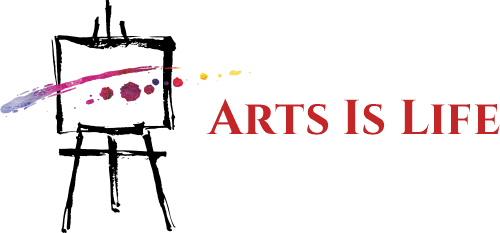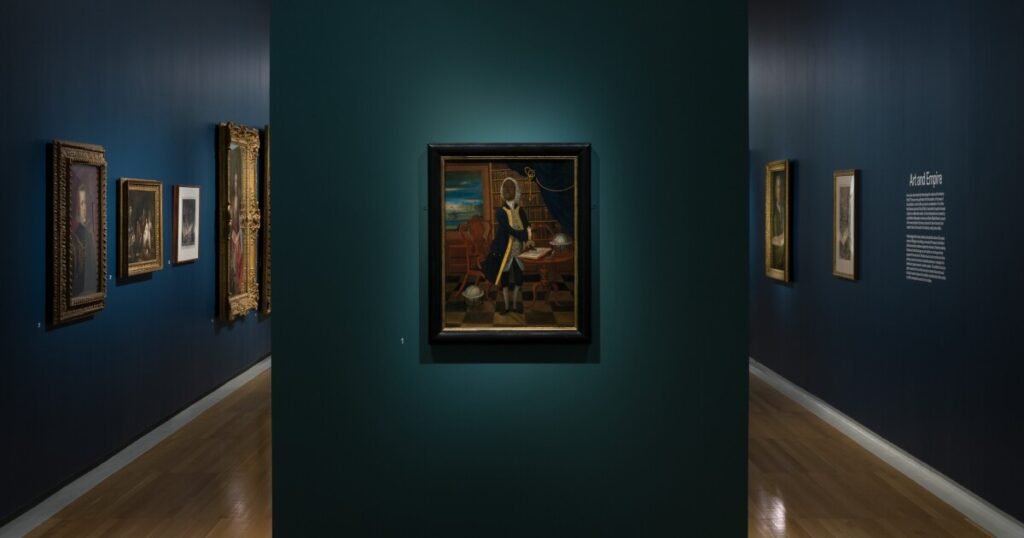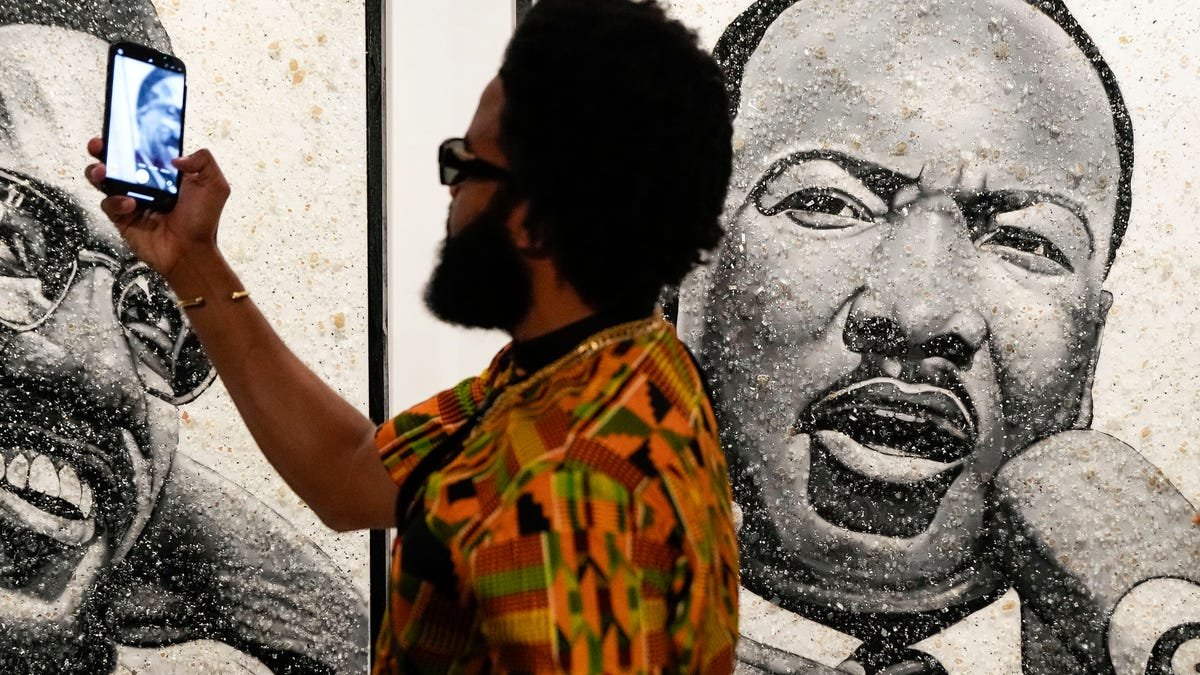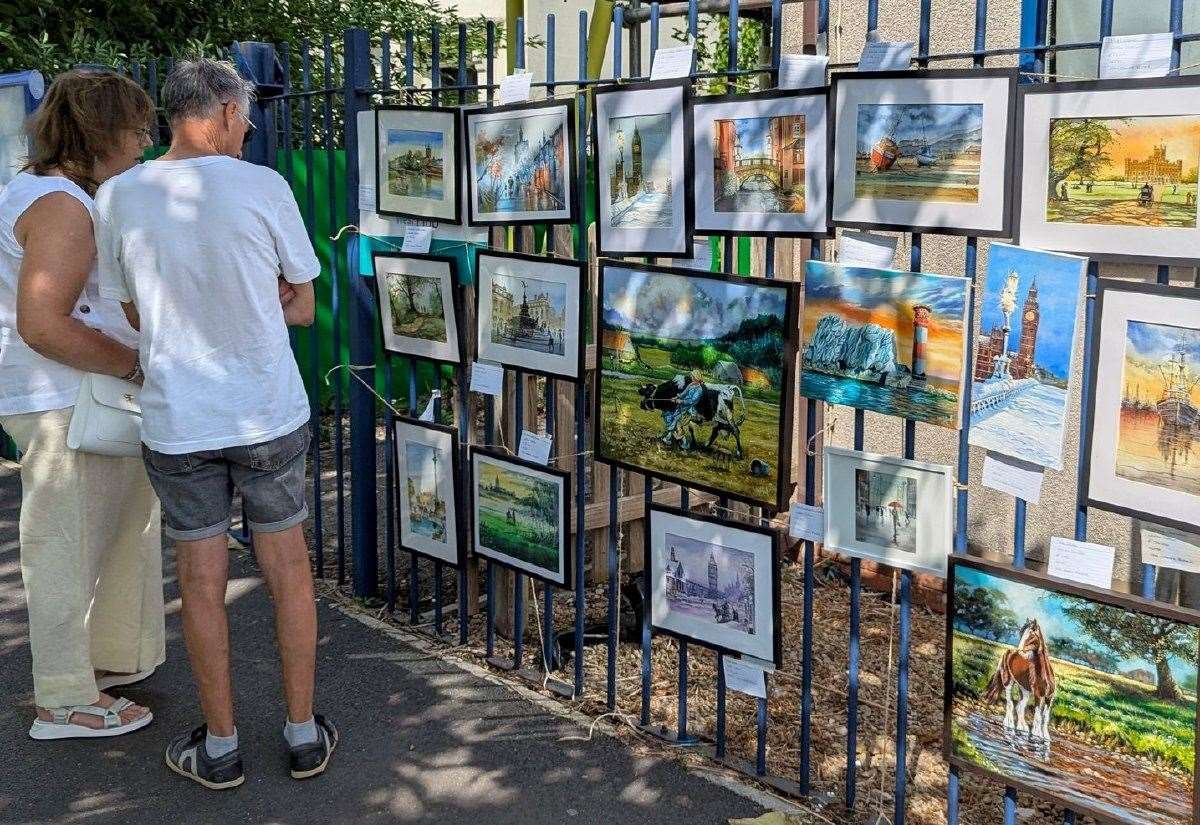This is WESA Arts, a weekly newsletter by Bill O’Driscoll providing in-depth reporting about the Pittsburgh area art scene. Sign up here to get it every Wednesday afternoon.
The Carnegie Museum of Art exhibit “Fault Lines: Art, Imperialism, and the Atlantic World” is an ambitious attempt to make visitors see classically inspired artwork from a specific time period in a new light.
The show includes nearly 70 paintings, drawings and more, a plurality of them from the mid- to late 1700s (though a number dating from the 1600s help set the scene).
It was a time of revolutions, and Marie-Stéphanie Delamaire, the Carnegie’s curator of European and American Art, seems most keenly interested neither in the French Revolution nor the American war for independence, but in the Haitian revolt that began in 1791 and ended years later with enslaved Africans having liberated themselves, and freeing their land from French colonial rule.
Mainly, she’s interested in little-known works by artists of color, or in subjects of color, from a time when both were rare. So you’ll definitely want to grab a copy of the show’s gallery guide, because while the art is rewarding in itself, context is everything.
The most obvious example in this show is “Francis Williams, the Scholar of Jamaica,” a ca. 1760 oil painting by an unidentified artist, on rare loan from London’s Victoria and Albert Museum.
Williams, the son of an enslaved couple who earned their freedom after he was born, is portrayed standing, bewigged and stylishly dressed, a globe at his feet. With a delicate right hand he gestures toward shelves full of leather-bound books while, through the window and in the distance, palm trees join some buildings in an otherwise desolate landscape. One can only imagine what it meant — not least to Williams — to have a Black man as the subject of such respectful portraiture at a time when millions of his fellow people of African descent were living enslaved not only throughout the Americas, but yards from his well-appointed study.
Other persons of color portrayed here include Toussaint Louverture, the key leader of the Haitian rebellion, who appears in numerous engravings and illustrations; Mariane Celeste Dragon, the daughter of a Greek merchant and a wealthy freed woman of color, painted in 1795 by (it is believed) a renowned New Orleans artist; and “Saint Benedict of Palermo” — a.k.a. St. Benedict the Moor painted by an unknown artist in 1747. (Benedict, of course, has his own landmark namesake church in Pittsburgh.)
But Delamaire also seeks to challenge what might be visitors’ implicit belief that all trained artists of the time were white. Familiar painters of the time include Maryland-born Charles Wilson Peale and British artist J.M.W. Turner, but you won’t find them here (though there is a Goya print and a watercolor by William Blake).
Instead, you’ll see two oil paintings by Guadaloupe-born Guillaume Lethiére, son of a white French plantation owner and woman who was probably enslaved. “Brutus Condemning His Sons to Death” (1788), Delamaire writes, backs republican virtues, while Lethiére’s 1799 portrait of a young woman playing the harp shows off his neoclassical chops, as in the light and shadow that play on the folds of her white gown.
You’ll see a big 17th-century portrait of Philip IV of Spain by Peter Paul Rubens — but also a portrait of Philip by Juan de Pareja, a formerly enslaved member of the household of Diego Velasquez, whom the great painter trained as a studio assistant and copyist (and who was himself the subject of a well-known Velasquez).
And there’s the portrait of a society woman painted by Jose Campeche y Jordan, the son of a freed slave and “[t]he most renowned artist of late 18th-century Puerto Rico,” writes Delamaire.
Do any subtle messages lie hidden in these paintings, cutting against the grain? It was, for instance, an era when many artists were exalting the power of the state, as in Dominic Serres and Pierre-Charles Canot’s panoramic 1766 illustration of a British naval invasion that depicts no disorder, only hundreds of ant-sized humans in rowboats and on foot, with the most lovingly rendered object a three-masted ship.
Delamaire notes the fawning way most of the portraits depict plantation owners’ families — save Hogarth’s “The Toilette” (1745), which lampoons them. But even Hogarth shows a liveried young Black boy, a servant, looking adoringly at one of his enslavers. The other enslaved child shown in the exhibit — and rendered in a similar pose — is the Black boy in the circa-1719 Dutch painting depicting Elihu Yale (of Yale University fame) and his family all sitting around a table and looking pretty pleased with themselves.
Meanwhile, in what Delamaire perhaps considers the show’s main point, what’s not shown is as important as what is. She characterizes seemingly innocuous bucolic landscapes — of, say, Jamaica — as propaganda, the absence of “conflict and slave resistance” an implicit message to folks back in England.
Still, there’s always room for symbolism. One unidentified Dutch artist’s spectacular still life, from the late 17th century, is on one level an advertisement for the imperial wealth needed to acquire a Chinese Ming bowl, exotic fruits, and a decorative vessel crafted from a nautilus shell, banded by golden additions that render it a sea monster. But, Delamaire inquires, what does it mean that the beast is here driven by a mounted Neptune and in hot pursuit of a tiny human figure? And is the viewer the colonist, or the colonized?
“Fault Lines” remains on display through Jan. 25.






